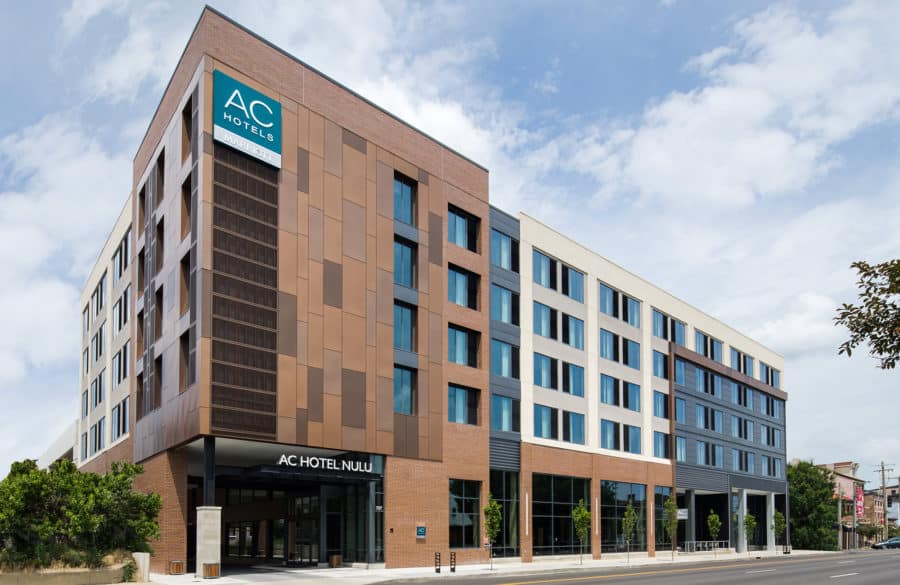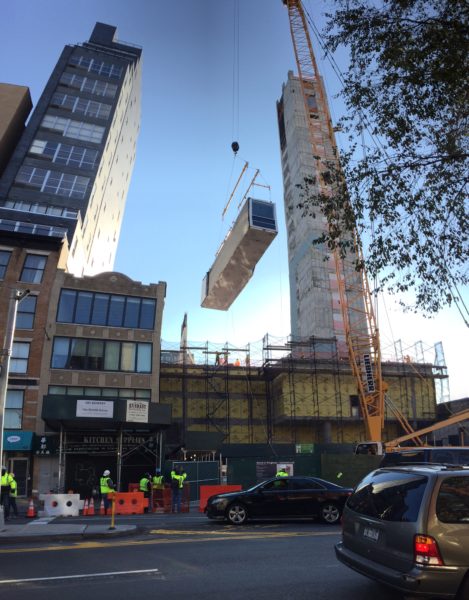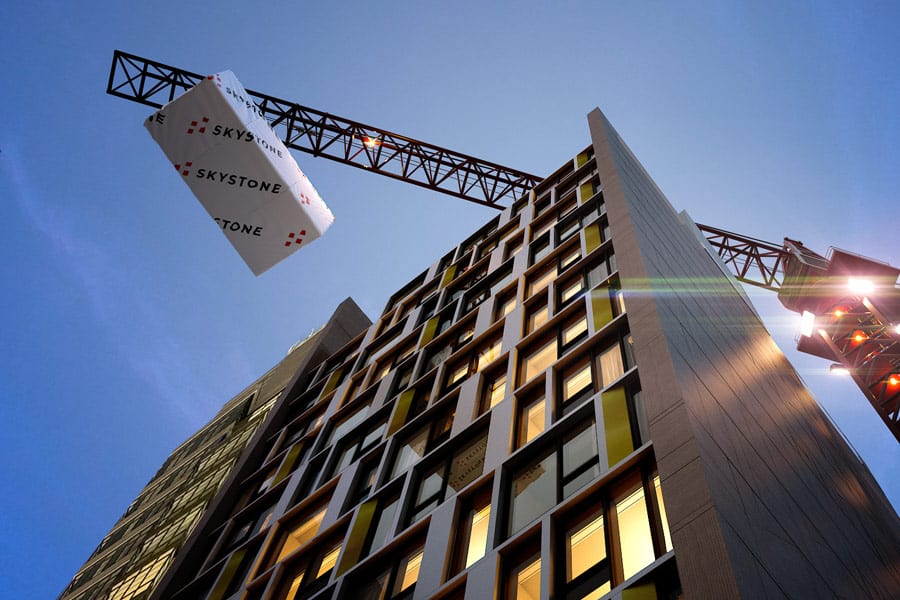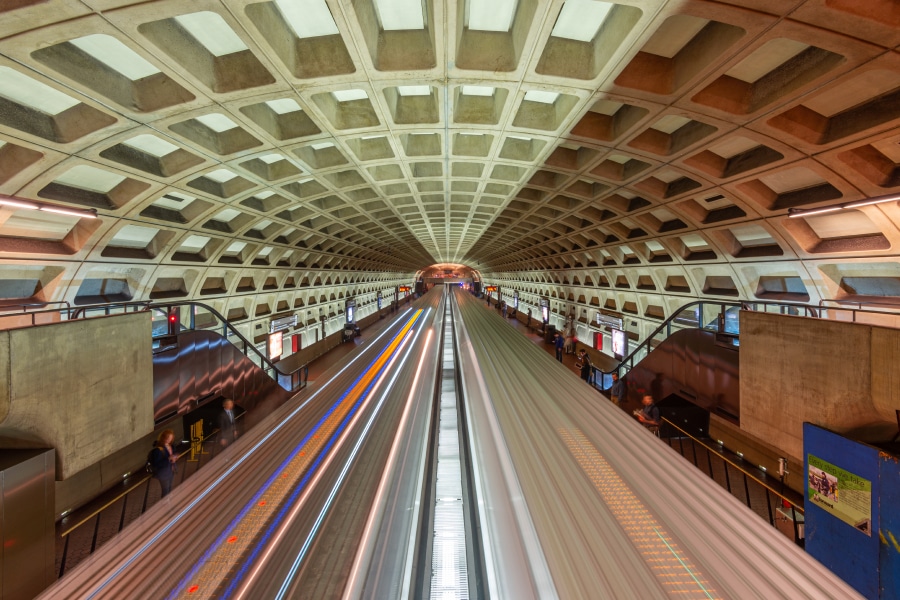In both height and number, hotels constructed using modular, prefabricated materials and techniques are increasing.
Marriott, one of the world’s largest hotel chains, has checked its guests into modular buildings in a major way. In fact, Marriott has long since canceled whatever reservations its executives may have once had about modular construction. Within its various hotel brands, Marriott has more than 30 modular hotels—with more on the way.
Marriott has built a number of three- or four-story modular hotels. They include Fairfield by Marriott in Folsom, California; Courtyard in Pullman, Washington; and three AC Marriott buildings in Louisville, Kentucky, Oklahoma City, Oklahoma, and Chapel Hill, North Carolina.
Now, the company is moving into higher rise modular buildings so it can build larger hotels more quickly.
Still in development is Marriott’s modular flagship, the AC Hotel NoMad New York City on Sixth Avenue. When announced, the $65 million project was the world’s tallest modular building, at 26 stories, or 360 feet.
It has since been eclipsed by two 40-story modular buildings in Singapore. In North America, currently the tallest modular building is a 31-story multifamily housing complex in Brooklyn, New York.

Tom Hardiman, executive director of the Modular Building Institute in Charlottesville, Virginia, said that modular buildings are not limited in height as long as a tall enough crane is available to lift the units into place.
Modular is a popular choice for hotels—and apartments, dormitories, etc.—because interior and exterior construction on individual units can be done elsewhere while preparation and foundation work is completed onsite.
The Marriott AC NoMad New York’s 168 rooms, for instance, were constructed at a factory in Poland. Each of the two rooms per unit was completely furnished—bathroom fixtures, beds and bed linen, paint, carpeting, drapes—when the units were loaded onto a cargo container ship bound for the U.S.
Other hotel corporations are also building modular. New York City’s citizenM Bowery Hotel rises 21 stories. Hilton’s Home2Suite near the San Francisco Airport is the city’s first modular hotel.

And it’s not just hotels. Multifamily housing, employee housing and—spurred by COVID-19-related shortages—hospitals and health care facilities are being modular built.
“In the last five years, modular as a percentage of all commercial construction has nearly doubled, from 2.5% to more than 4%,” Hardiman said. “Those figures are through 2019 because 2020 figures haven’t been compiled yet.”
What’s driving the increase in modular construction for hotels and other types of buildings?
The shortage of skilled construction workers is one reason. It is a trend that will seemingly get worse as more workers retire.
“With modular you can build faster, and less labor is needed,” Hardiman said. “That means shorter time needed for construction loans, saving interest. You get cash flow sooner because you get ‘heads on beds’ sooner.”
Hardiman pointed out another way modular building saves money: “Construction waste is cut in half or more,” he said. “Manufacturers can buy in bulk and any leftover materials can be stored in the factory for the next project instead of being sent to the landfill.”
One myth about modular building is that it’s cheaper.
“It might be, but it’s more accurate to say that it is comparable in cost to conventional building techniques,” Hardiman said. “It’s definitely not cheaper on the front end because more time and work are required for design and planning.”
“Modular requires more thinking upfront,” he added. “It’s more design for manufacturing. The architect needs to communicate with the manufacturer before the design is finalized.”
Another myth: the quality of modular buildings is lower. “It’s not; in fact, it’s higher,” Hardiman said. “People should think of modular as a process, not as a product. It’s easier to maintain quality work inside a factory. The workers can be kept safer and they’re not working in bad weather.”
Modular buildings are required to meet the same building codes as conventionally built buildings. With regular inspections performed at all stages both onsite and offsite, the modular buildings should last equally long.
Hardiman said that modular construction has been around for more than 100 years. One modular building familiar to many Americans is the 14-story concrete Contemporary Resort at Walt Disney World in Orlando, Florida.
Hardiman predicted that as modular building and manufactured construction is taught in more trade schools and colleges, it will attract young people to the construction industry. “It offers safer, more comfortable working conditions and it’s more ‘techy,’” Hardiman said.












